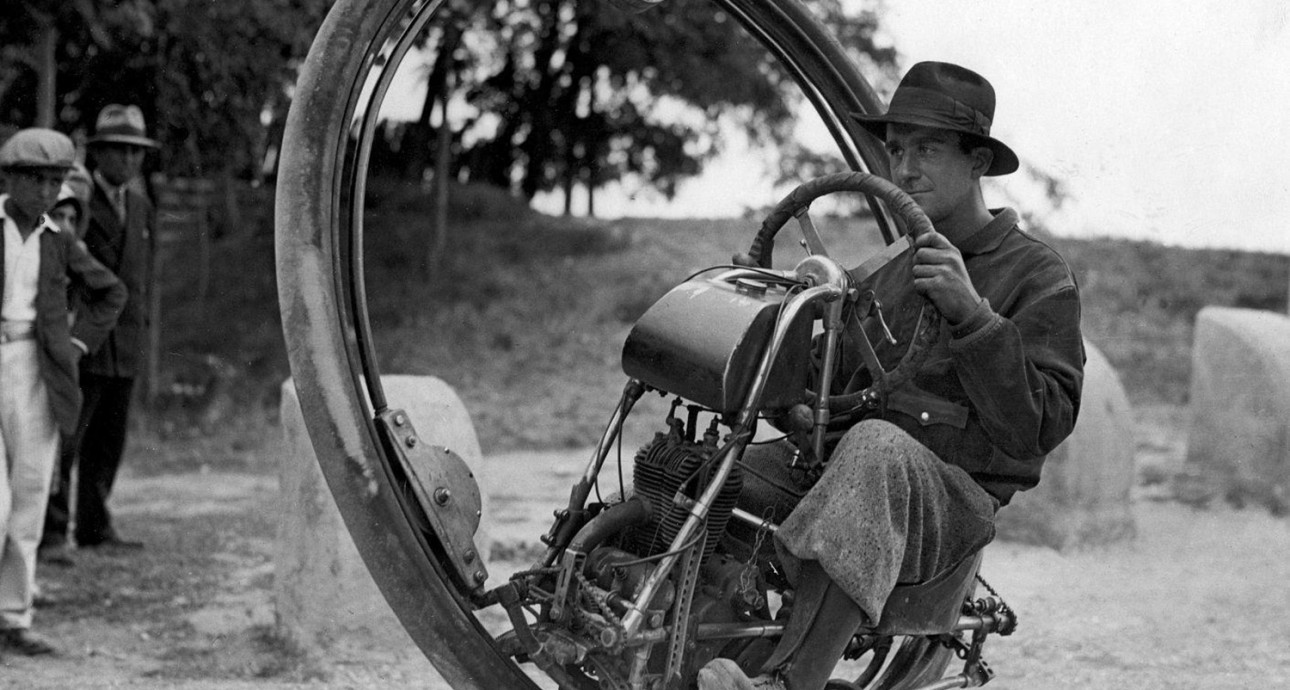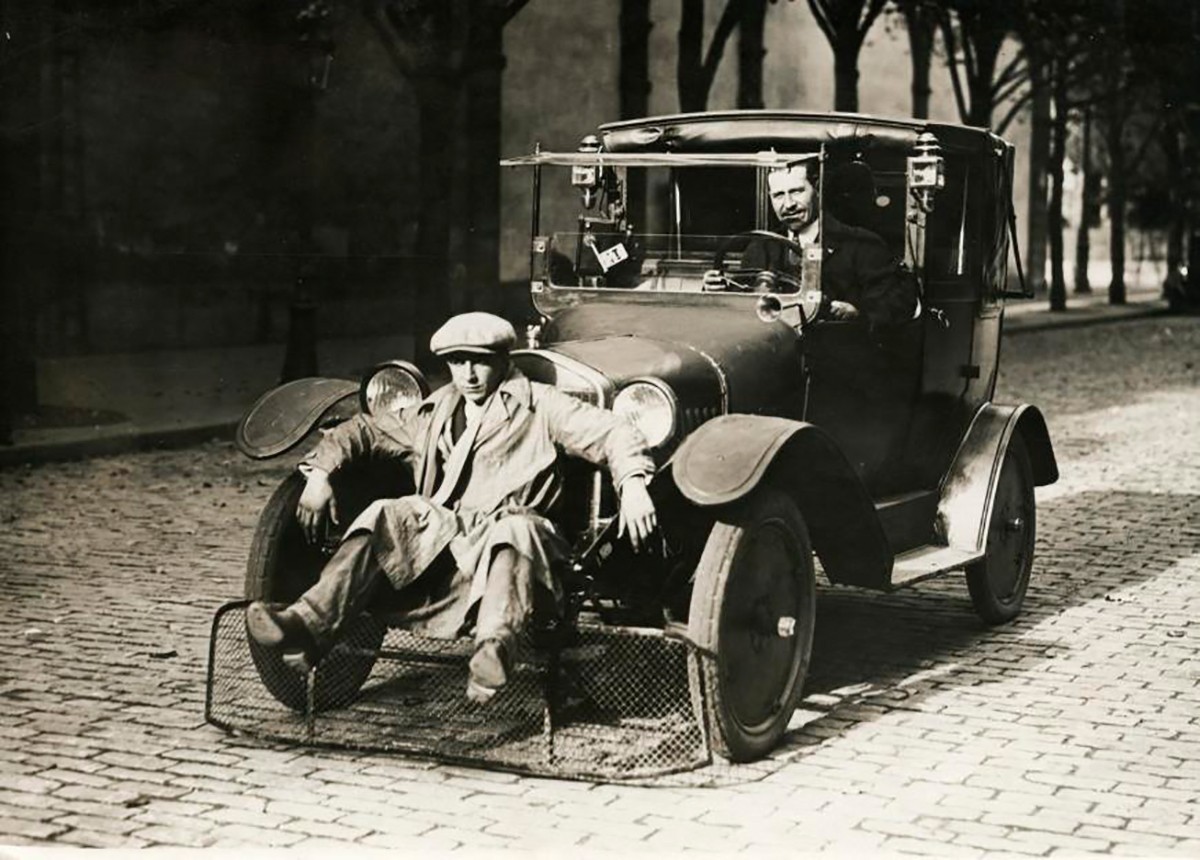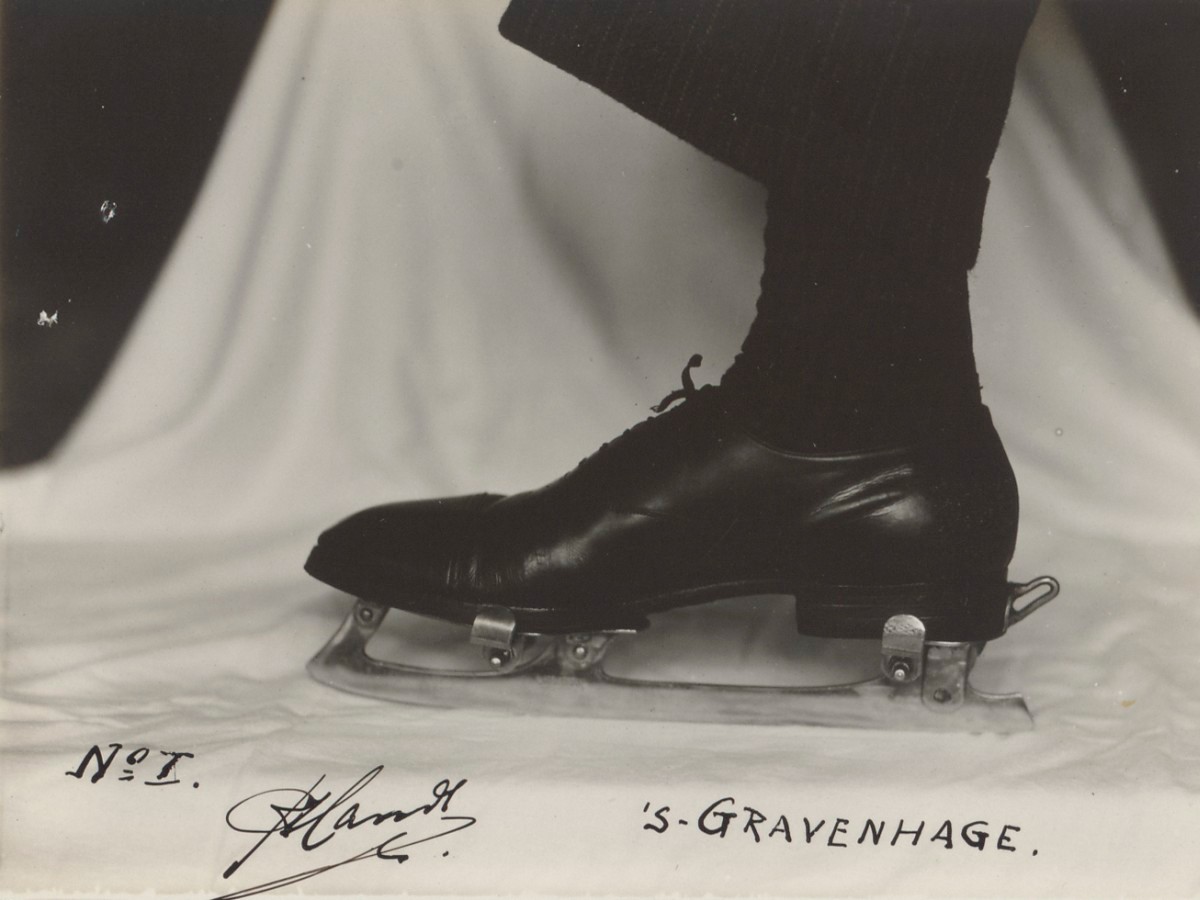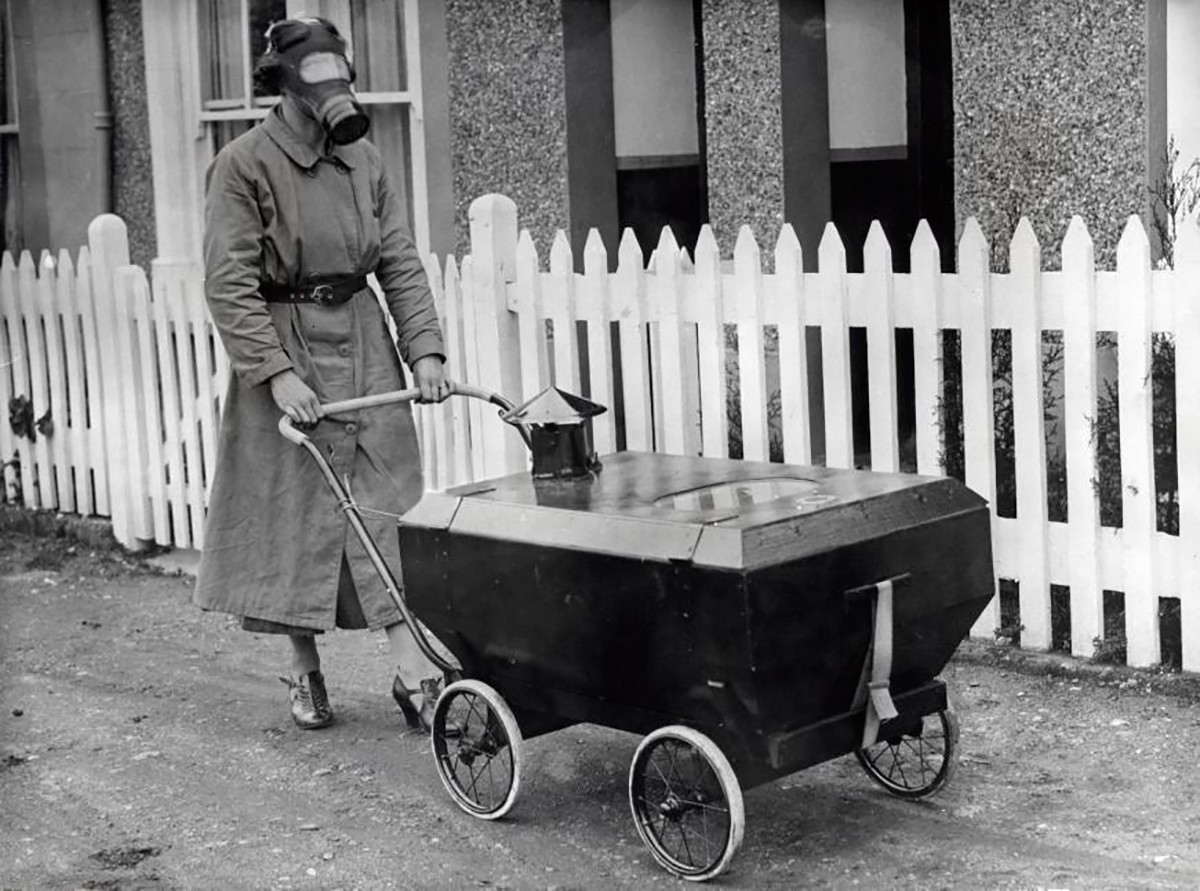
Selfie Spoon and Anti-Explosive Cover: 9 Trends in Inventions in 2015
You never know with inventions — whether they will turn the world around, like the light bulb, or remain only in history books, like an airship. Or even worse, will only be remembered in jokes, like dimple machines from the early 20th century. The world of inventions is indeed unpredictable — it happens that a thing ridiculed in jokes and anti-ratings, suddenly becomes a success. This was the story of a selfie stick, a prototype for which was in fact designed by someone from Minolta back in the 1980s. Or with bubble wrap, which was originally designed for wallpaper, then used as wrapping material, and later like an anti-stress thing (by the way, this year may be the last for the bubbles — bubble wrap producer Sealed Air announced the redesign of the product).
British reviewer Mike Hanlon complains that the golden quarter of a century of inventions is behind us: the main life-defining inventions, starting from computers and ending with passenger aviation, was made between 1945 and 1971. Hanlon thinks that nobody invented a time machine or perpetuum mobile yet not because they lack intellectual capacity, but because nobody really needs them. However, we invented many other things.
Bodyphone
Previously, the main task of developers was to put as many features inside a smartphone as possible, but this year it was about where to put a smartphone itself. After integrating smartphone features into tablets and smartwatches, the engineers turned to humans: Microsoft patented controlling electronic devices with the help of the body. The principle is the same as with turning the lights on with a clap of your hands, but the invention should help you deal with text messages and other phone features. Apple has not made any radical moves so far, and only patented a smart ring with the features of a smartphone in 2015.

Counterterror
This year with its numerous tragedies made counterterror inventions relevant. Two developers, from Italy and from the UK, simultaneously presented anti-explosive covers for air-carried luggage. It is a tent that covers all the cargo in the luggage compartment and in case of an explosion can retain the blast wave. Italians from D'Appolonia claim that they upgraded an old idea from 1990s when the tent was too heavy to be installed on the planes.
Another counterterrorist invention from the past was also reborn in 2015. After the explosion of a Russian plane above the Sinai Peninsula, two inventors at the same time, Ukrainian Volodymyr Tatarenko and Russian Gamid Khalidov, drew attention to the ejecting passenger cabins they have designed. The videos with capsules that descend on the parachutes have many views, but do not impress the aircraft designers — the invention is too heavy and is not suitable for the existing models of Boeings and Airbuses.

Roadwork
Artemy Lebedev Studio has invented the screen at the rear part of the truck body, which shows how the truck drivers sees the road (to make overrunning the truck on narrow road safer) back in 2009. In 2015, Samsung patented the idea and called in ‘transparent truck’. Meanwhile, the Dutch invented the new road — KWS Infra presented a project of a plastic highway with a crazy temperature range between –40 and +80°С and the roadbed, which is assembled from segments like a puzzle. It exists though, for now, only in a presentation.
British from Lafarge Tarmac already demonstrated their road of the future live, by pouring 4,000 litres of water on it, which was immediately absorbed by the paving material. Only countries where the temperature does not fall below zero can allow themselves this road without puddles, though. French from Colas have already launched mass production highways for sunny weather — with solar batteries. It is expected it is strong enough to bear any truck (let’s not forget they will be transparent soon), and produce electricity for a town of 5,000 people.


Hologram Returns
Holograms themselves are an old invention, but this year they seem to have encroached on the smartphone owners — that very Samsung patented the technology of projecting 3D images with the help of mobile phones.
We don’t know whether the Spanish human rights activists have patented their invention, but this year it were them who held the first in history protest march of holograms, projecting a recording of a real protest march on a busy street in front of the country’s parliament. At the same time, Americans from Hologram USA registered a copyright for their invention — they plan to flood the market with the custom-made holograms of the dead (all dead, whose heirs might need it). As a demonstration, they already have a hologram of Whitney Houston, approved by her relatives, which they are planning to send on a world tour next year.
A DIY development, which became a hit on YouTube, is a free manual on how to make a holographic projector for absolutely any phone from a plastic box. We should admit that when it comes to holograms, this is so far the cheapest and the most reliable invention of the year.

Winning Glasses
The idea to make ‘virtual’ glasses into an everyday gadget not only for gamers gained new momentum this year. Google Glass developer, upset by many bugs and low demand, withdrew its long-suffering glasses and immediately announced a full relaunch. Former Apple designer Tony Fadell, a known perfectionist, who will ‘present the project only when it is excellent’, was entrusted with reinventing the project. It is clear that nothing is clear about when Google Glass is going to come back. Microsoft surprised us though, as it turned out that without extra publicity for the past several years they have been working on the so called ‘augmented reality glasses’. The result called Hololens was a sensation at the technological exhibitions early this year; in Microsoft glasses you can move virtual furniture around the apartment, hang on the wall and watch a virtual TV, not to mention such mundane things as control the computer. Will these glasses remain an expensive and impractical toy, like Google Glass, or will they become a common name for all products like this, like it happened to Xerox? This now depends on the software — the more software will be created for different everyday tasks, the sooner the glasses will sell.

Smart Dishware
Nowadays, when even the provincial TV channels have their own cooking shows, and every website has a food blogger, it seems there are more inventions for the kitchen than new electronics. This year Time magazine fully seriously included the smart frying pan Pantelligent, which informs the owner about its temperature via Bluetooth, into the list of top innovations of the year.
Kitchen inventors have even reached space this year — NASA, again, no jokes, presented the first ever space drinking glasses, which you can use in zero gravity without the liquid forming a sphere and flying away.

Selfiemania
The fashion for photographing food and fashion for photographing yourself combined in a wild hybrid called ‘selfie spoon’. A 76cm stick with a spoon on one side and mount for smartphone on the other will, according to Cinnamon Toast Crunch, a producer of breakfast cereal, allow you to eat and photograph yourself at the same time. We have to add that this year selfiemania gave the world a whole number of inventions, which are crazy to various degrees — from selfie shoes to the mirror, which can photograph a reflection and immediately forward them to a computer. The mirror costs $200 and when it is not occupied with photographing it can follow everything going on in the apartment, just like in horror movies.

Japanese Lessons
There are inventions which will make even the selfie spoon look rational. And they usually come from Japan. This year the Japanese enriched the world of gadgets with counter-paparazzi glasses (their lenses inevitably glare in the light of the flash), Kyocera smartphone, which you can wash with running water (they promise to sell it with a complimentary rubber duck), and toothpaste with the effect of a dental filling. The Japanese reply to the continuing popularity of one- and two-wheeled gyrocycles, far relatives of Segway, is a ‘walk car’ — a clumsy-looking, but stable board on four wheels. You can’t jump off pavements on it, but you can use it to get heavy bags home from the supermarket. However, only one Japanese invention caused sincere interest in the world, and it does not require engines or chips: not particularly intellectual, but very reliable cover for the computer keyboard, designed to protect it from cats.

Like a Movie
Sometimes big developers remember that science fiction movies still have a lot of unimplemented ideas. This was the case this year, when the fans were celebrating 30 years of Back to the Future trilogy and Marty McFly’s visit to 2015. Nike caught on, and patented Marty’s glowing self-lacing sneakers. A limited number of them will be sold next year, and the first pair has already been tried on, of course, by actor Michael J. Fox. At about the same time Lexus presented the prototype of a hoverboard, a famous flying skateboard. Finally, the skateboard really flies, but on a very low height and only over the surface that provides it with magnetic levitation. Another idea from the movies was patented in 2015 by Boeing — a protective laser field, like in Star Wars. It cannot protect from a projectile, but can neutralize the blast wave and shell fragments. Google also has a humble invention for movie lovers — a widget that hides spoilers in social networks. And the Internet movie theatre Netflix offered their subscribers smart socks — their internal accelerometer will notice that the viewer is quiet, which means they are sleeping, and pause the movie.

New and best







